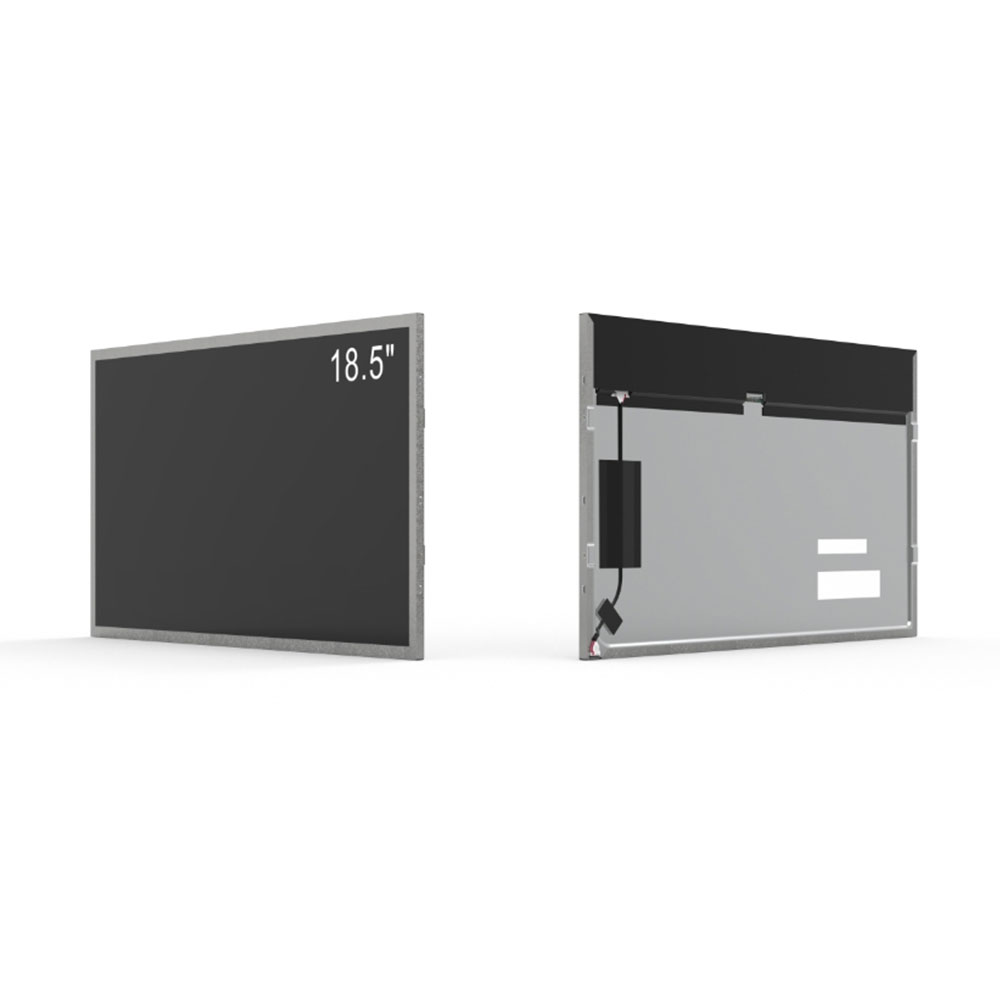When deploying display solutions in outdoor or high-ambient-light environments—such as military vehicles, industrial control panels, construction sites, or transportation systems—it is critical to choose a sunlight readable high brightness LCD that maintains clarity, performance, and durability under extreme conditions. These displays must perform reliably not only in direct sunlight (up to 100,000 lux or more) but also in fluctuating temperatures, humidity, vibration, and dust exposure.
According to MIL-STD-810G, military-grade displays must withstand shock, vibration, temperature extremes (-30°C to +70°C), and ingress protection (IP65/IP67). The key differentiator between standard and sunlight-readable LCDs lies in brightness output, contrast ratio, and anti-glare technologies. For instance, a typical indoor LCD may offer 300–400 nits of brightness, while a sunlight-readable display typically requires at least 1,500 nits, with some models reaching 5,000+ nits using LED backlighting and optimized polarizer layers.
To ensure optimal visibility, manufacturers often use transflective LCD technology—combining reflective and transmissive layers—to enhance readability both indoors and outdoors. This design allows ambient light to supplement backlighting during daylight, reducing power consumption by up to 40% compared to fully backlit alternatives. Additionally, anti-reflective coatings and matte screens minimize glare, improving user experience even under direct sun.
Thermal management is another crucial factor. High-brightness LEDs generate heat, which can degrade panel lifespan if improperly managed. Effective heat dissipation techniques—such as aluminum heatsinks, thermal pads, and active cooling fans—must be integrated into the system design. In applications like mining equipment or maritime vessels, where temperature swings are extreme, passive cooling designs with high thermal conductivity materials are preferred to avoid mechanical failure.

Industry standards such as ISO 16750 and IEC 60068 provide further guidance on environmental resilience. Displays designed for these standards undergo rigorous testing including salt fog resistance, random vibration, and drop impact tests. For example, a robust sunlight-readable LCD used in offshore drilling rigs must maintain functionality after being subjected to 20g of acceleration during operation.
In conclusion, selecting a sunlight readable high brightness LCD involves balancing luminance, contrast, ruggedization, and compliance with industry-specific certifications. Whether it's for aerospace, defense, or public infrastructure, investing in proven, tested components ensures long-term operational uptime and reduces maintenance costs.








